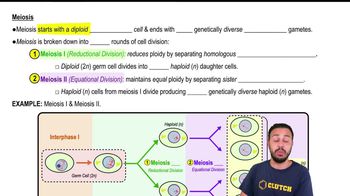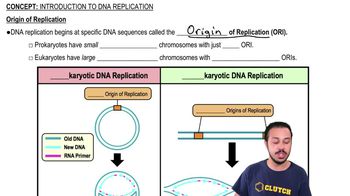Textbook Question
A nucleotide is made of ____________ .
a. a five-carbon sugar
b. phosphate
c. a nitrogenous base
d. all of the above
75
views
 Verified step by step guidance
Verified step by step guidance



A nucleotide is made of ____________ .
a. a five-carbon sugar
b. phosphate
c. a nitrogenous base
d. all of the above
In DNA, adenine forms ___________ hydrogen bonds with ____________ .
a. three / uracil
b. two / uracil
c. two / thymine
d. three / thymine
Compare and contrast the structure and components of DNA and RNA in prokaryotes.
Leaching of compounds from mine tailings often results in the oxidation of two elements: _____ and _____ .
Nitrogen exists primarily as _____ in the environment.
Most chemical elements exist in the environment as _____.
a. usable forms in soil and rock
b. usable forms in water
c. unusable forms in soil and rock
d. unusable forms in water